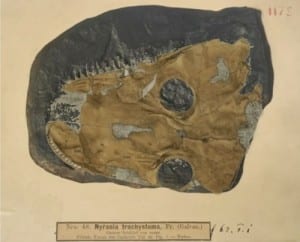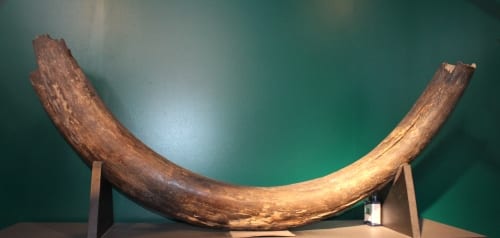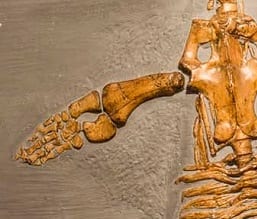Specimen of the Week 239: Bohemian fossil amphibian cast
By Tannis Davidson, on 13 May 2016

LDUCZ-W385 Cochleosaurus sp. with overlay of original illustration from Fauna der Gaskohle und der Kalksteine der Permformation Bohmens 1879-1901
Try to imagine life 310 million years ago. It is the Carboniferous period – a time when the Earth experienced its highest levels of atmospheric oxygen leading to the growth of vast forests which would eventually be laid down and become the coal beds characteristic of this period.
Primitive amphibians were the dominant terrestrial vertebrates including the Temnospondyls which were mostly semi-aquatic and typically larger than most modern amphibians. Superificially, most resembled crocodiles with broad, flat heads and had scales, claws and bony body plates.
This week’s Specimen of the Week celebrates these early amphibians with a lovely example cast from the famous fossil gas-coal of the Czech Republic… (more…)
 Close
Close










